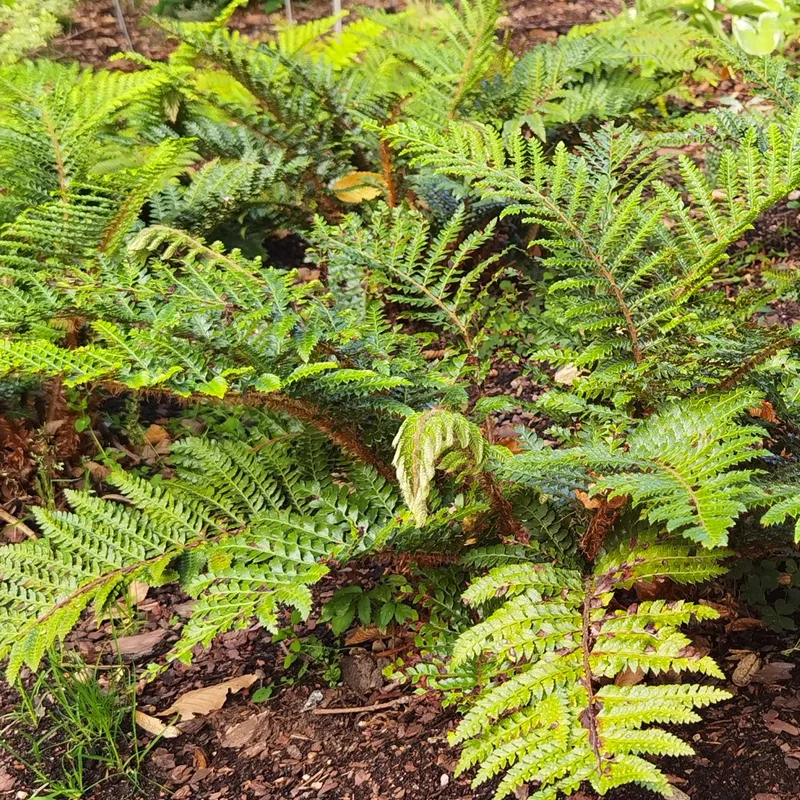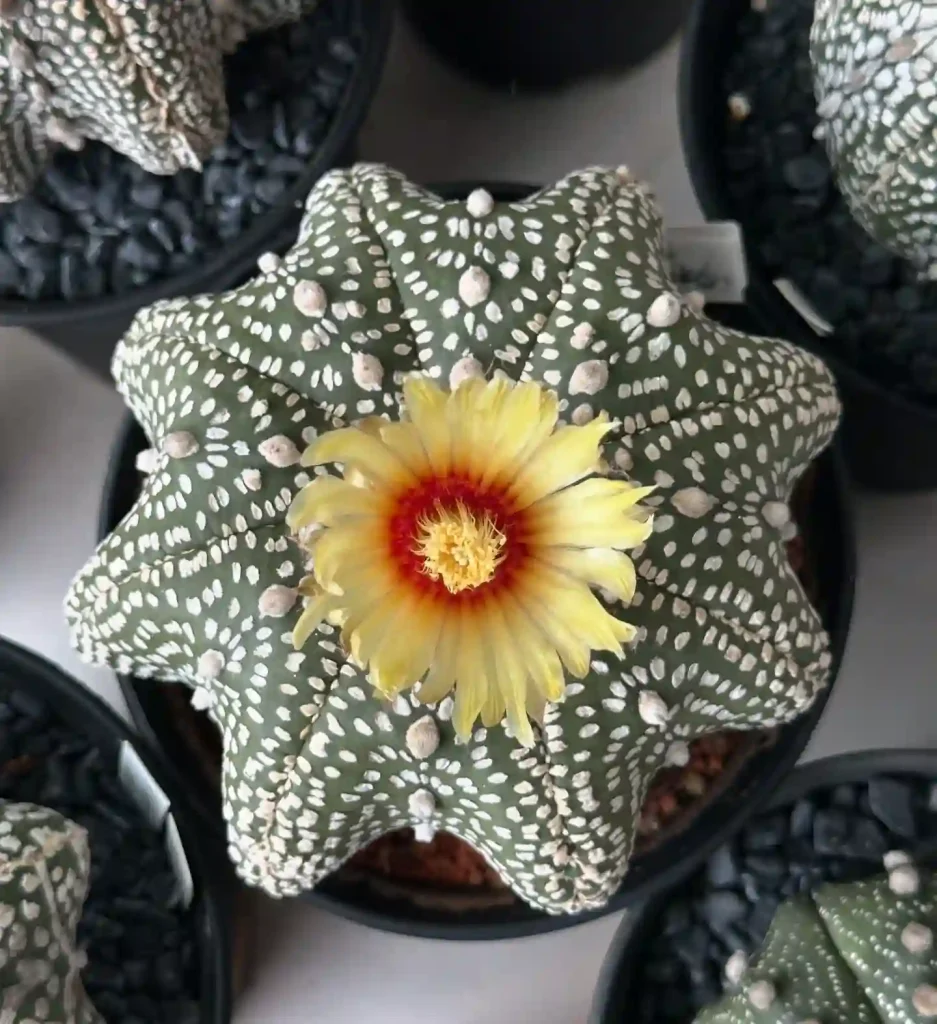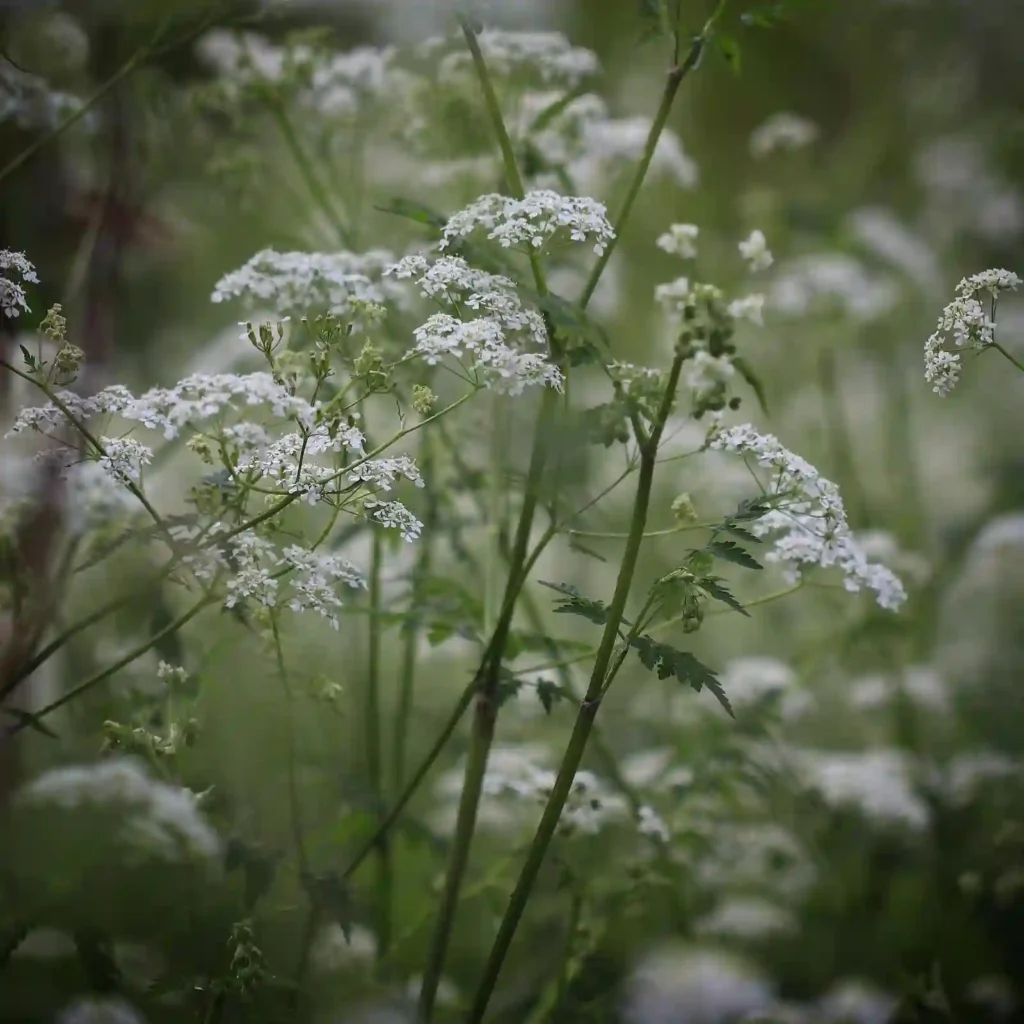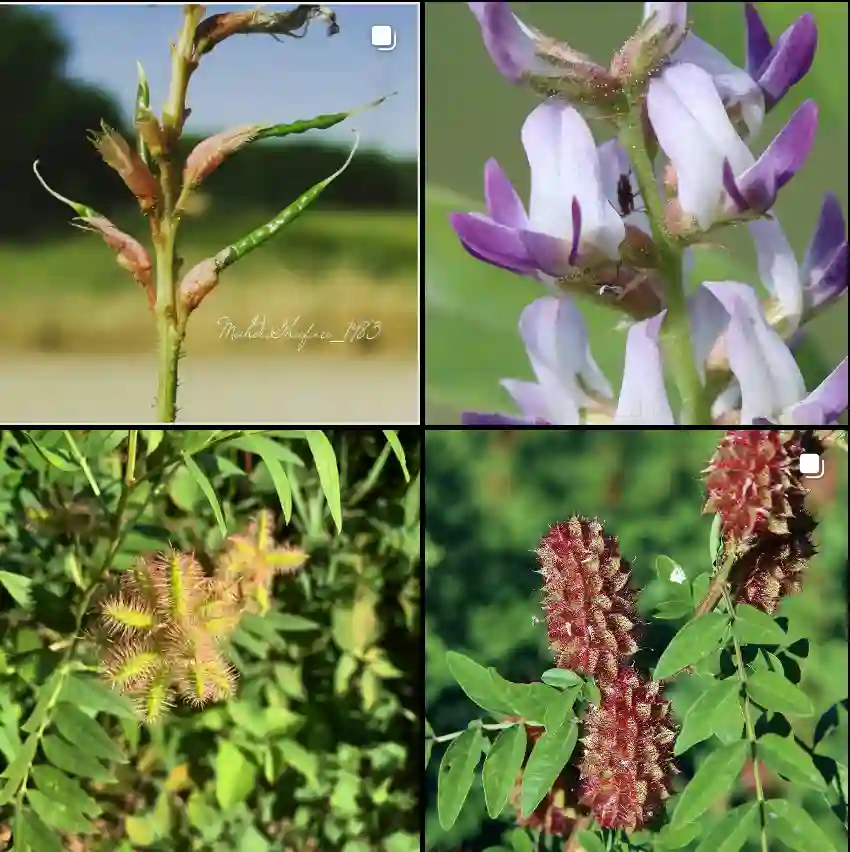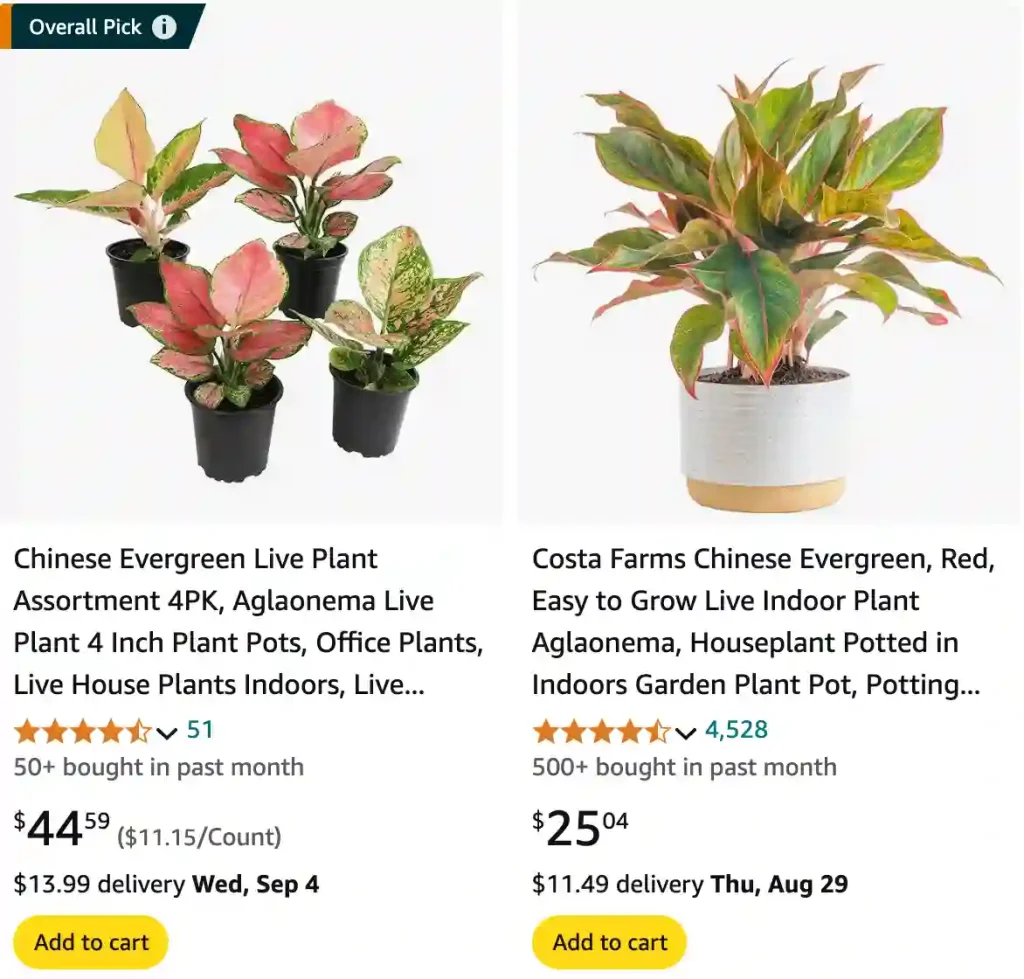
FAQs About Aglaonema: A Comprehensive Guide
When it comes to indoor plants, Aglaonema is one of my favorites. It’s not only beautiful with its vibrant foliage but also relatively easy to care for. Over the years, I’ve received many questions about Aglaonema, so I thought I’d compile a comprehensive guide based on my experiences and knowledge. Let’s dive into the frequently asked questions about Aglaonema.
What is Aglaonema?
Aglaonema, commonly known as Chinese Evergreen, is a popular houseplant native to tropical and subtropical regions of Asia. Its attractive foliage comes in various shades of green, silver, and red, making it a favorite for adding a touch of color to indoor spaces. With its low-maintenance nature, it’s ideal for both beginners and seasoned plant enthusiasts.
Is Aglaonema Toxic to Cats?
Yes, Aglaonema is toxic to cats. The plant contains calcium oxalate crystals, which can cause oral irritation, excessive drooling, and discomfort if ingested by cats. If you suspect your cat has chewed on the plant, it’s best to consult with a veterinarian as soon as possible. To keep your feline friends safe, consider placing Aglaonema out of reach or opting for pet-friendly plants.
Is Aglaonema Toxic to Dogs?
Similar to cats, Aglaonema is also toxic to dogs. The ingestion of Aglaonema can lead to symptoms such as vomiting, diarrhea, and oral irritation. If your dog has nibbled on Aglaonema, monitor them closely and seek veterinary advice if any adverse symptoms arise. Keeping Aglaonema away from curious pets can help prevent such issues.
How to Care for Aglaonema?
Aglaonema is quite forgiving, which makes it easy to care for. Here are some key care tips based on my experiences:
- Light: Aglaonema thrives in low to medium indirect light. Direct sunlight can scorch its leaves. A north or east-facing window is ideal.
- Water: Water the plant when the top inch of soil feels dry. Overwatering can lead to root rot, so ensure the pot has good drainage.
- Humidity: It prefers higher humidity but can tolerate average room levels. If you live in a dry climate, occasional misting or a humidity tray can be beneficial.
- Temperature: Aglaonema enjoys temperatures between 65-80°F (18-27°C). Avoid exposing it to drafts or sudden temperature changes.
Do Aglaonema Flower?
Aglaonema does produce flowers, but they are not particularly showy. The flowers are small and often greenish-white, emerging from a spathe similar to those found on peace lilies. However, most people grow Aglaonema for its striking foliage rather than its flowers.
How Often to Water Aglaonema?
I find that Aglaonema prefers to dry out a bit between waterings. Water it thoroughly when the top inch of soil is dry. Depending on the environment, this could be every 1-2 weeks. In the winter, when the plant is growing more slowly, reduce watering frequency.
How to Propagate Aglaonema from Leaf?
Propagating Aglaonema from leaf cuttings is not as effective as other methods. Instead, the most reliable method is to propagate through stem cuttings. Here’s how:
- Cuttings: Take a stem cutting with at least one node and a few leaves.
- Preparation: Let the cutting callous over for a few hours to prevent rot.
- Planting: Place the cutting in a pot with well-draining soil or water. If using water, transfer to soil once roots are established.
- Care: Keep the cutting in a warm, bright spot until roots develop.
Aglaonema vs Dieffenbachia
Aglaonema and Dieffenbachia, also known as Dumb Cane, are often confused due to their similar appearances. However, they have distinct differences:
- Leaves: Aglaonema leaves are typically more variegated with distinct patterns, while Dieffenbachia leaves are usually larger with a more uniform appearance.
- Toxicity: Both plants are toxic, but Dieffenbachia is particularly notorious for causing severe oral irritation.
Aglaonema vs Caladium
Aglaonema and Caladium are both prized for their foliage, but they have different care requirements:
- Light: Caladiums need bright, indirect light, while Aglaonema can tolerate lower light conditions.
- Water: Caladiums like consistently moist soil, whereas Aglaonema prefers to dry out between waterings.
Aglaonema vs Calathea
Both Aglaonema and Calathea are known for their decorative leaves, but here are some differences:
- Leaf Movement: Calathea leaves move throughout the day, opening and closing, while Aglaonema leaves remain static.
- Care: Calatheas require higher humidity and more frequent watering compared to Aglaonema.
Aglaonema vs Dumb Cane
As mentioned earlier, Aglaonema and Dieffenbachia (Dumb Cane) share some similarities but are distinct in several ways:
- Growth Habit: Aglaonema generally has a more compact growth habit compared to the often taller and bushier Dumb Cane.
- Leaf Shape: Aglaonema leaves are more diverse in shape and color, while Dumb Cane leaves tend to be larger and more uniform.
Benefits and Common Problems
Aglaonema is valued for its air-purifying properties and ability to thrive in low-light conditions. However, common issues include leaf drop due to overwatering and yellowing leaves from too much direct sunlight. Regular maintenance and proper care can help keep these problems at bay.
In summary, Aglaonema is a fantastic plant with a range of colors and patterns, making it a great addition to any indoor garden. With the right care and attention, it can thrive and add beauty to your space while being relatively low-maintenance.

